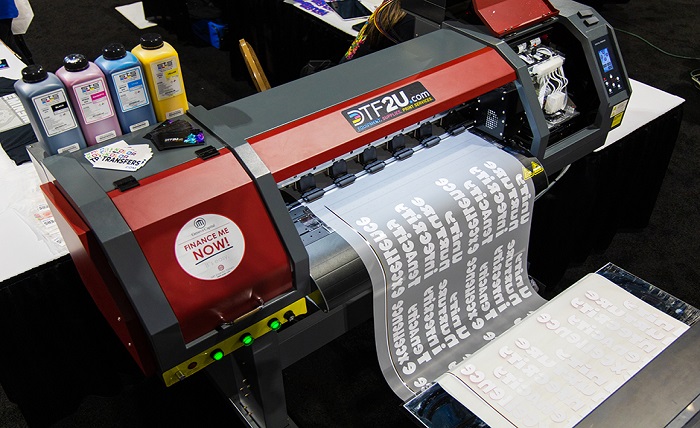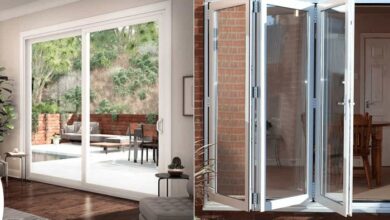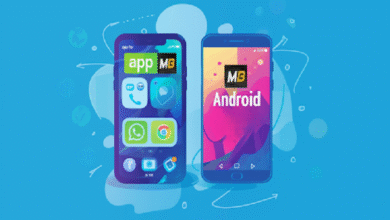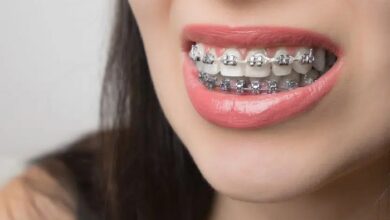How to Choose a DTF Printer Suitable for a Small Business

Starting a small business in custom apparel can be exciting, but picking the right equipment is key. If you’re thinking about direct-to-film (DTF) printing, you need a printer that fits your setup without overwhelming your budget or space. DTF lets you print designs on film and transfer them to fabrics like cotton or polyester. It’s great for small runs and detailed work. In this guide, we’ll walk through the steps to choose a DTF printer that works for your small business. We’ll cover your needs, budget, features, and more. By the end, you’ll know how to make a smart pick.
Understand Your Printing Needs First
Before you buy anything, take a step back and look at what your business really requires. Ask yourself how many items you plan to print each day or week. For a small business, this might be 10 to 50 shirts a day. If you’re just starting, go for a printer that handles low to medium volumes. High-speed models are overkill and cost more.
Next, think about the types of materials you’ll use. DTF works on most fabrics, but check if you need it for light or dark colors. Some printers come with white ink for dark fabrics, which is a must for vibrant prints. Also, consider the size of your designs. Most small businesses stick to A4 or A3 sizes for T-shirts, but if you do hoodies or banners, look for larger formats.
Don’t forget about the designs themselves. Do you want full-color photos or simple logos? DTF shines with complex, multi-color graphics. If you’re comparing it to other methods like heat transfer vinyl, click here to see why DTF might be better for detailed work. Once you list out your daily output, fabric types, and design styles, you’ll narrow down options fast. This step saves you from buying something too big or too small.
Set a Realistic Budget
Money matters a lot when you’re running a small business, so let’s talk numbers. DTF printers range from $1,000 for basic models to $10,000 or more for pro setups. For starters, aim for $2,000 to $5,000. This gets you a reliable machine without breaking the bank.
Break down the costs. The printer itself is the main expense, but add in ink, film, powder, and a heat press. Inks run $100 to $200 per set, and you’ll need replacements every few months. Factor in ongoing costs like electricity and maintenance. A cheap printer might save upfront but cost more in repairs later.
Think long-term too. Will this printer grow with you? If you plan to scale up in a year, spend a bit more now for better efficiency. Look for bundles that include starter supplies. Sites like DTF Linko often have deals on full kits. Set your total budget at 20% above the printer price to cover extras. Track what you can afford monthly for supplies. This way, your choice supports steady cash flow.
Key Features to Look For
Not all DTF printers are the same, so focus on features that match your work. Start with print quality. Look for at least 1440 dpi resolution. This gives sharp, clear images that pop on clothes. Test samples if you can—fuzzy prints waste time and money.
Speed is next. Entry-level machines print 10 to 20 square feet per hour. That’s fine for small batches. If you have rush orders, pick one with 30 feet per hour or faster. Check the ink system too. CMYK plus white ink is standard, but piston-driven systems last longer than cartridge ones.
Software matters a lot. Good printers come with RIP software for easy color management. It should let you adjust settings without hassle. Connectivity is simple—USB or Wi-Fi works best for small shops. Noise level counts if you’re in a home office; quieter models under 50 decibels are ideal.
Build quality rounds it out. Metal frames hold up better than plastic. Look for auto-clean features to cut downtime. Read specs carefully and match them to your needs. A printer with the right mix of quality, speed, and ease will boost your output right away.
Consider Size and Space in Your Shop
Space is a big deal for small businesses, especially if you’re working from home or a tiny studio. Measure your area first. DTF printers come in desktop sizes, about 2 feet wide, or floor models up to 4 feet. Desktop ones fit on a table, perfect for starters.
Think about the full setup. You’ll need room for the printer, a curing oven or powder shaker, and drying space. Add 2 to 3 feet around each for access. If your spot is tight, go compact. Larger printers mean more power and output, but they eat space.
Portability helps too. Wheels on the base make moving easy for cleaning. Check weight—under 50 pounds is manageable alone. Ventilation is key since inks have fumes; place near a window or fan. Plan your layout on paper first. This avoids surprises when the box arrives.
Ease of Use and Customer Support
You don’t want a printer that takes weeks to learn. Pick one with simple controls and quick setup. Most come with guides, but user-friendly interfaces speed things up. Look for plug-and-play models that connect in minutes.
Training resources are a plus. Videos or apps from the maker help troubleshoot. For small businesses, time is money—easy operation means more printing, less fiddling.
Support is crucial. Choose brands with good warranties, like one year parts and labor. Check response times; email or chat within 24 hours is best. Read forums for real stories. Avoid companies with poor reviews on help. A solid support team keeps you running smooth.
Read Reviews and Test Before Buying
Don’t buy blind—research pays off. Start with online reviews on sites like Amazon or printing forums. Look for small business users sharing pros and cons. Pay attention to common issues like ink clogs or color fades.
Ask in communities. Reddit or Facebook groups for DTF printers have tons of advice. Reach out to sellers for demos. Some offer trials or samples. Hands-on testing shows if it fits your workflow.
Compare a few models side by side. Make a list of must-haves from earlier steps. Price out shipping and taxes too. Once you narrow to two or three, go with the one that scores highest on quality and support. This step builds confidence in your choice.
Final Tips to Get Started
Choosing a DTF printer boils down to matching it to your business stage. Start small, focus on needs over flash. Test inks on your fabrics before big runs. Keep a log of costs to track ROI. As you grow, upgrade step by step.
With the right printer, you’ll turn ideas into products fast. It’s an investment that pays back in happy customers and steady sales. Take your time, do the homework, and you’ll find the perfect fit. Happy printing!




